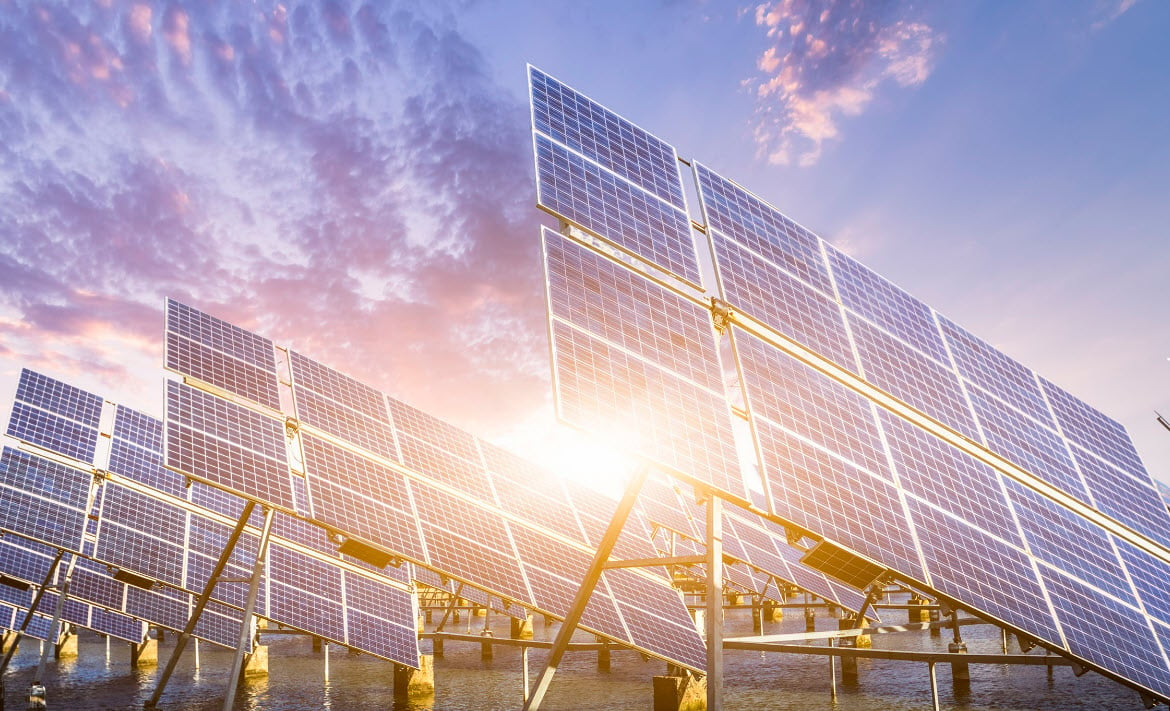In brief
As of the world’s top producers of many critical minerals, Africa is gearing up for its role in powering global energy transition. Its vast critical mineral store, including cobalt, copper, bauxite, chromium, high purity iron ore, platinum group metals, lithium and rare earth metals, is in high demand globally. For Africa, the focus now is on the sustainable growth of its mineral mining operations and production facilities, so that the gains from its natural resources can be of benefit to the continent and its people.
Richard Blunt, Partner and Co-chair of the Global Energy, Mining, Infrastructure (EMI) and Projects Practice Group, London and Christopher Jones, Principal, Energy regulatory and Antitrust, Brussels, also contributed to this article
In depth
Driven by the energy transition, the demand for critical minerals is expected to rise sharply, more than doubling by 2030 and quadrupling by 2050, with annual revenues reaching USD 400 billion, according to the International Energy Agency’s World Energy Outlook 2022.
The growth in demand for major clean energy technologies and the need to deliver on the energy transition require huge quantities of critical minerals, for which announced supply capacity will not be adequate. The market is recognizing this, as demonstrated in recent price growth for many critical minerals (such as lithium, nickel and aluminum). This, in turn, has triggered increased investment in mineral exploration and production.
As of the world’s top producers of many critical minerals, Africa has a special role in powering global energy transition, with its critical mineral store expected to provide many opportunities for the continent in the next few years. Among others, the continent is a major producer (and home to huge undeveloped resources) of metals including cobalt, copper, bauxite, chromium, high purity iron ore, platinum group metals, lithium and rare earth metals.
Increasing interest from the major players in Africa’s supply of raw materials is evident in recent policy announcements from the European Union and the United States. Both the EU and the US have emphasized the need to mitigate commodity supply chain risks and develop strategic agreements with countries that are able to supply responsibly sourced critical minerals.
In March 2023, the European Commission proposed its Critical Raw Materials Act, which aims to secure the EU’s access to minerals and metals critical for net-zero technologies, including by strengthening international engagement, and facilitating extraction, processing and recycling. In addition, the recently agreed Carbon Border Adjustment Mechanism regulation will charge importers of a number of key products from carbon intensive industries (for example steel, iron, cement and fertilizers) based on their embedded greenhouse gasses, in order to ‘level the playing field’ with domestically produced products that must pay the EU Emissions trading system charge. The intention is to prevent the dilution or offset of EU carbon reduction efforts by increasing emissions outside its borders, through the relocation of production to countries that have less ambitious policies to fight climate change. The EU also recently announced it was negotiating to source critical minerals from Democratic Republic of Congo (home to much of the world’s cobalt), and that it intended to do the same with other African countries such as Rwanda, Gambia and Zambia. The EU already has an agreement in place with Namibia in this respect.
Similarly, the United States signed the Inflation Reduction Act (IRA)1 into law in August 2022. Among other things, the law only permits subsidies for electric vehicles if 40 percent of their critical minerals were mined or processed in the US, or a country with which the US has a free trade agreement. Other clean energy technologies such as wind and solar do not need domestically sourced critical minerals to qualify for the subsidies, but the Act includes a 10% bonus credit to incentivize companies to use locally sourced critical minerals in their clean energy components. The IRA names 50 applicable critical and rare earth minerals for the energy transition, including cobalt, lithium, chromium and neodymium (used in turbine magnets), all abundant in Africa.
At present, the majority of Africa’s critical minerals are exported in the form of ores or concentrates. Certain countries in Africa, including Namibia and Zimbabwe have imposed export restrictions on some of their unprocessed critical minerals, such as lithium, noting that they are losing income by exporting the minerals as raw materials, and that they are planning to develop the capacity to process these minerals locally. The African Continental Free-Trade Area (AfCFTA), implemented in 2021, has also acted as a strong impetus for African governments to address their infrastructure gaps, enhance and streamline supply chains, improve climate policies that fulfil net zero commitments, boost manufacturing capacity and overhaul regulation relating to trade, cross-border initiatives, investment-friendly policies and capital flows. It is expected that the trade in mineral commodities in Africa will benefit from these reforms, and that (among other factors) this will result in African countries undertaking a more active role in the sustainable processing of metals and minerals, better capitalizing on the continent’s vast mineral resource base.
For Africa, the focus now is firmly on how the global demand for critical minerals can be translated into the sustainable growth of its mineral mining operations and production facilities, and how it can be ensured that this growth will benefit the African continent and its people, not just in terms of the demand for critical minerals, but in how the continent can make use of its own resources to ramp up its energy transition and provide the continent with much needed access to clean power. Consideration also needs to be given to the development and the implementation, in the near future, of new policies in the EU and US dealing with decarbonization across the full commodity supply chain, which are intended to preserve current off-take markets for commodities in these regions.
1 See also our recent alert United States: Green projects get needed guidance on domestic content bonus credit (30 May 2023)



